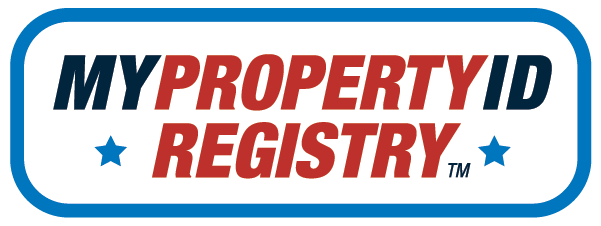All nations and states have standards for linking vehicle identification numbers to license plate numbers. There are very few examples as old, tested and robust as this strategy. When it comes to this strategy for government furnished property (GFP), FAR 52.245-1(f)(1)(ii), DFARS 252.245-7001(b) and NFS 1852.245–74(c)(2) are thin on specifics.
The UII married to the UIN
A vehicle identification number (VIN) is a kind of serial number. A serial number is also called a unique item identifier (UII). Now, think of the license plate as a kind of asset tag. An asset tag is also called a unique identification number (UIN). Linked together, these strategies constitute a uniform identification system (UIS) for marking personal property.
https://en.wikipedia.org/wiki/Vehicle_registration_plate
https://en.wikipedia.org/wiki/Motor_vehicle_registration
UINs are supposed to be unique.
When it comes to government regulations, there is little to describe the importance of a unique identification number (UIN). FAR 52.245-1(f)(1)(ii) and DFARS 252.245-7001(b) talk about “stamping,” “tagging” and “marking” items, but with what kind of identifier?
NFS 1852.245–74(c)(2) says you must use a human readable “Unique Identification Number (License Tag),” but doesn’t say anything about what constitutes such an identification number.
https://mypropertyidregistry.com/2019/11/07/uii-is-not-a-uin
Establishing new standards
Virtually every large institution uses asset tags on their property. The concern is for smaller companies that can’t afford large-scale systems. For these organizations, it’s not clear what a uniform identification system (UIS) is, or what a unique identification number (UIN) should look like. At MyPropertyID, we offer a simple, low-cost solution.
https://mypropertyidregistry.com/2019/09/20/custody-custody-custody/



